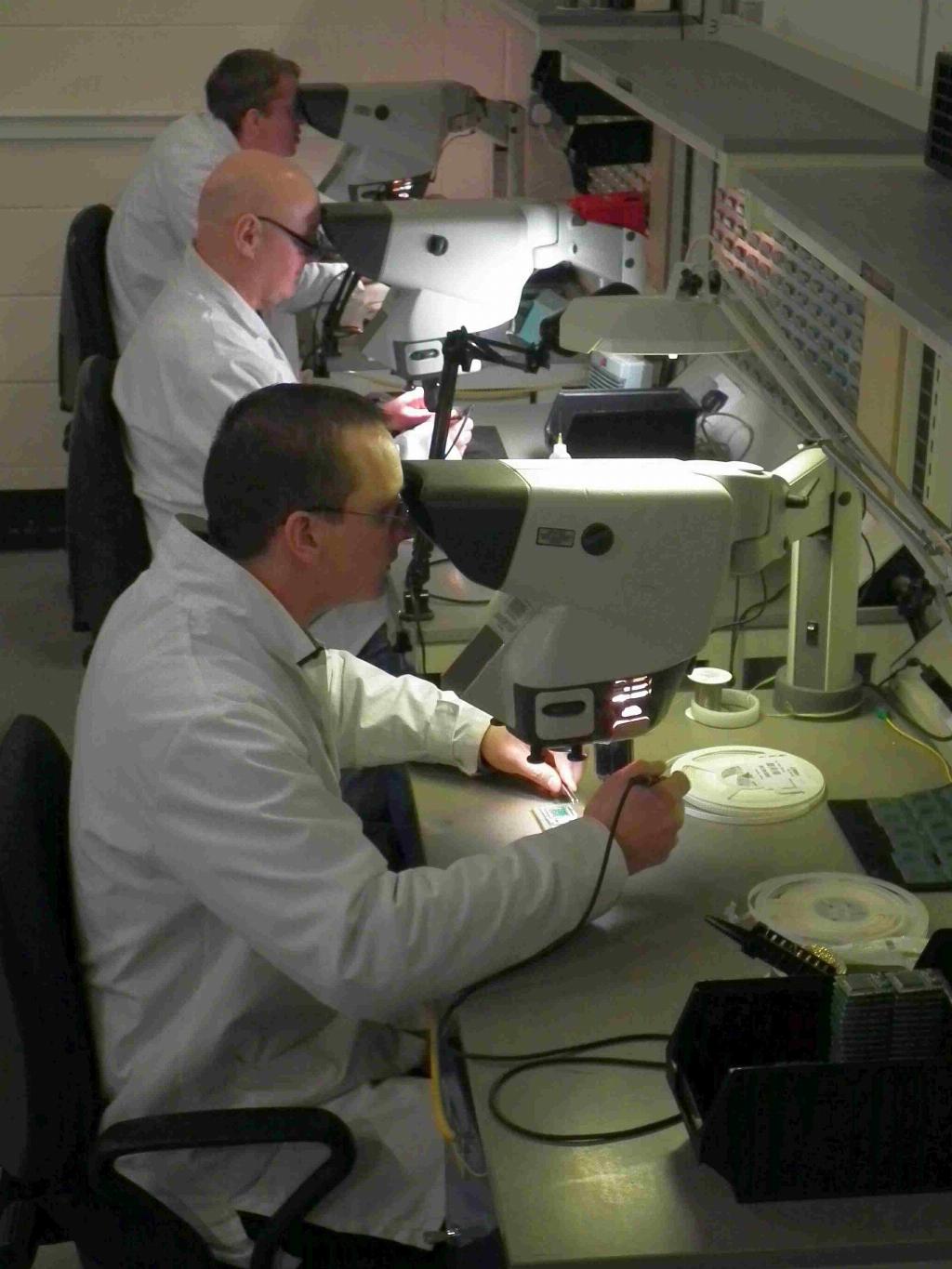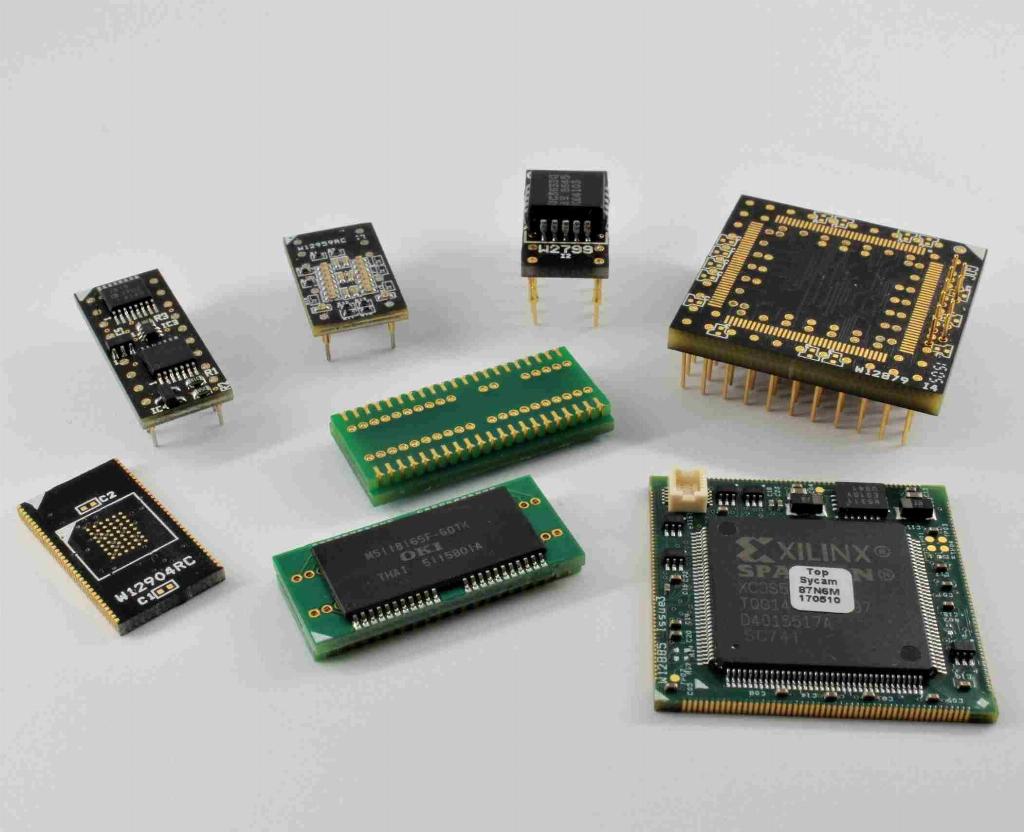It’s all in the management

In a Q&A session, Winslow Adaptics’ CEO and managing director, Teri-Ann Winslow looks at the company’s relationship with the International Institute of Obsolescence Management (IIOM) and how it has delivered advice and solutions to help customers overcome obsolescence and component shortage challenges.
In a Q&A session, Winslow Adaptics’ CEO and managing director, Teri-Ann Winslow looks at the company’s relationship with the International Institute of Obsolescence Management (IIOM) and how it has delivered advice and solutions to help customers overcome obsolescence and component shortage challenges.
Winslow Adaptics has built a global reputation as the go-to company for designing and manufacturing interconnect solutions. With more than 40 years of experience under its belt, it understands what it means to adapt. The company has helped OEM and SME customers modify their hardware and software solutions to changing technologies – helping them to remain productive and profitable.
Q) Where is new interest in obsolescence management (OM) coming from?
Chiefly from railway operators and OEMs and medical equipment, as well as lower levels of aerospace supply chains. It is still surprising how many large aerospace OEMs do not appear to be serious about the management of obsolescence.
Q) Is OM a discipline in itself or part of asset management, project management, supply chain management or Integrated Logistics Support?
OM professionals require an odd mix of technical and commercial skills and experiences many of which may no longer be industry standards. OM is a specialism usually embedded within engineering services or as part of the supply chain management team. The most successful individuals need a broad background of technical and interpersonal skills together with risk and project management training.

The role is unlike any other of the named roles in the question, but is often linked to them if a company has few resources in this area and can only support a part time effort. So, the answer is that for many people it is a separate discipline working closely with the titles in the question. Obsolescence practitioners need to engage with a very broad range of departments, standards organisations, customers and suppliers, often this is a challenging proposition.
Q) How hard is it to maintain an experienced OM presence in industry and the cultural changes needed?
A successful team will have had many success stories in their business related to cost savings, cost avoidance, and happy customers within, and external to, their business unit. Whilst it is often not a separate profit centre, the lack of performance from a poor team will get noticed very quickly. Many companies invest once they have been exposed to a costly unmanaged obsolescence arising. The age profile of the practitioners has been a concern for many years although apprentices and younger project engineers are being convinced that the management of obsolescence can provide good training and technical breadth for those involved looking to move into management positions later in their careers. In many aerospace companies the value of the service business is significantly larger than new business opportunities and provides better job stability for the whole business.
Q) Should anyone ever consider purchasing obsolete components in order to get them out of a short-term problem when the long-term consequences could be catastrophic?
Yes, in many cases inventory of the genuine article may be available in other territories or unused requirements for other contracts that no longer require them. However, special care needs to be taken to apply best practice component selection and procurement practices from standards bodies such as the BSI, IECQ and SAE to avoid the inadvertent purchase of counterfeit parts. Internet purchasing and certain global markets are known to have high risk levels for purchasers. A risk assessed process is required to ensure any risk management strategy is affordable but practical.

There are potentially unconsidered costs associated with searching the global market for obsolete components such as staff resource and production down-time. Meeting customer expectations puts pressure on those tasked with solving the problem and decisions are made in haste. Being proactive by identifying critical components on a bill of materials and identifying possible solutions ahead of hitting a supply issue is a good strategy for managing future risk.
Q) Please provide an update on the progress made by IIOM. Have membership numbers increased?
UK and German chapters have seen stability in corporate membership in recent years, but there has been a considerable increase in individuals joining to obtain professional qualifications in obsolescence management. New chapters in India and the USA will significantly increase the number of corporate member numbers beyond 300 and the number of corresponding members to over 700.
Q) What experiences has Winslow had regarding military off the shelf (MOTS) and nearly COTS (NCOTS) in terms of the way they can blur the advantages and any cost differential?
The use of COTS/MOTS and NCOTS has been the subject of controversy for a number of years. Whereas it can be shown that the initial costs of development and supply is cheaper - as long as NCOTS stays near - its effect on through life costs is most definitely negative. This is especially true when it comes to resolving obsolescence problems - either with the equipment itself or within other equipment to which the COTS equipment is reliant, or vice-versa.
A lot will depend on the through life support arrangements for that equipment. In many cases this is, like the equipment itself, off the shelf and is likely to end when the manufacturer, and not the user, dictates. The loss of support generally means that there will be a loss of design authority and as such any obsolescence solutions which may be required cannot be implemented. In addition, the use of COTS will generally have meant that the system or sub-system in which it was used has been specifically designed to accommodate that equipment. Experience has shown that the tailoring of a design to accommodate a specific piece of equipment causes problems when obsolescence issues arise. This is generally caused by the use of ‘intelligent’ components which are matched to the COTS equipment, which then become as vulnerable as the COTS equipment itself.
Q) Will Brexit have any effect on the UK trading with the EU in terms of obsolescence management?
Burying your head in the sand is not the way forward, but that applies whether it is to do with Brexit or not. If you consider Brexit to be just another event amongst many that have affected the global supply chain then the lessons learned previously by organisations and their obsolescence management teams should hold them in good stead for what may lie ahead. Risk assessments will have been carried out with the supply chain and the necessary actions taken to minimise and manage any potential disruption.












